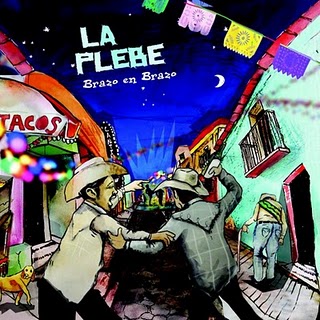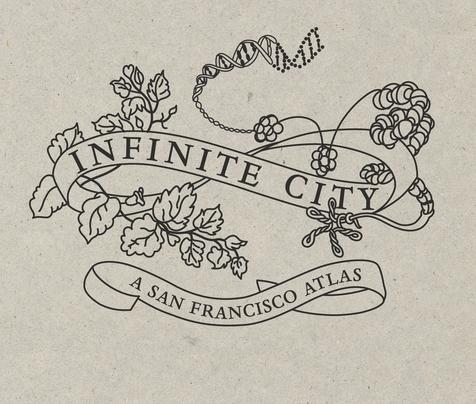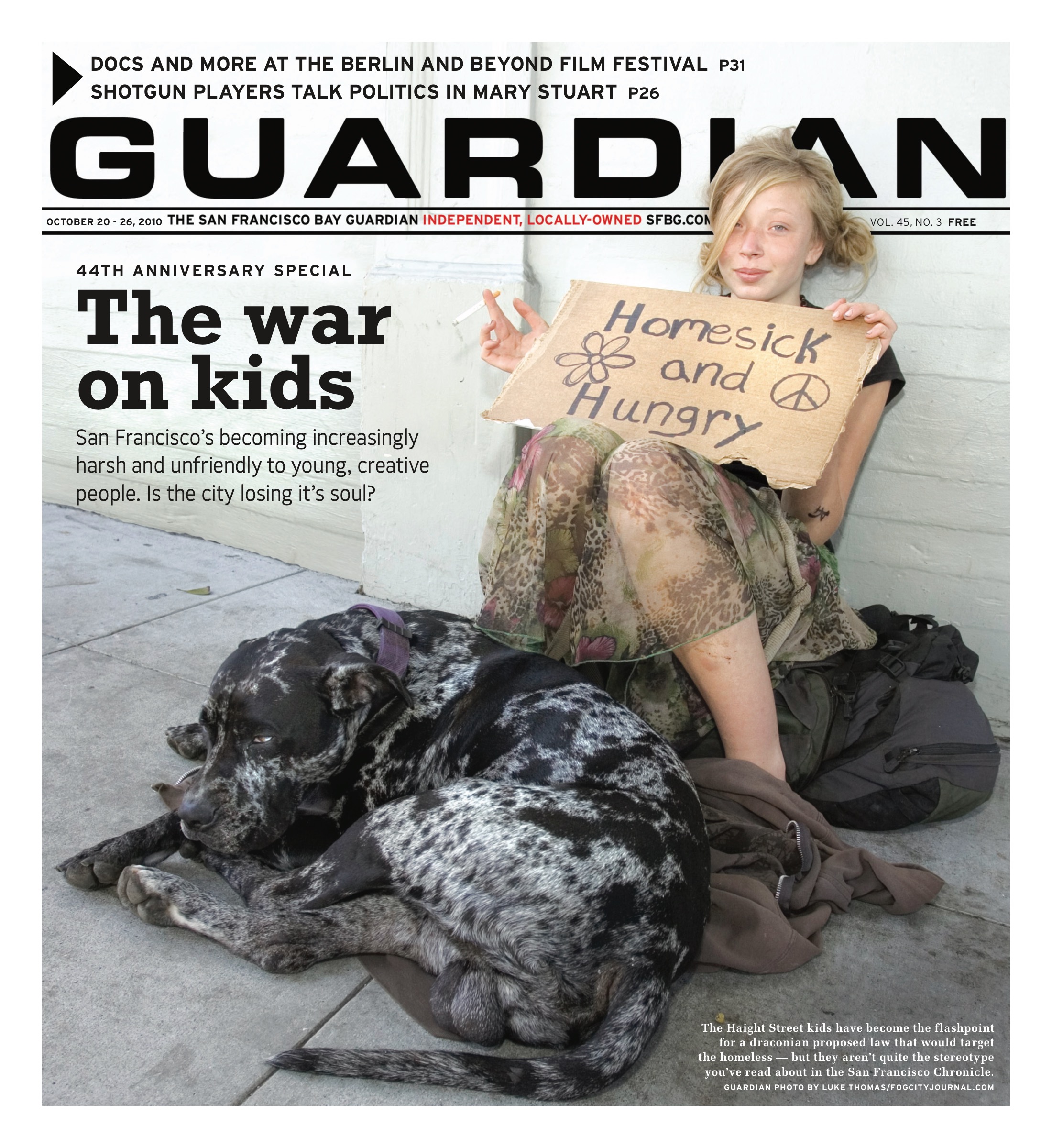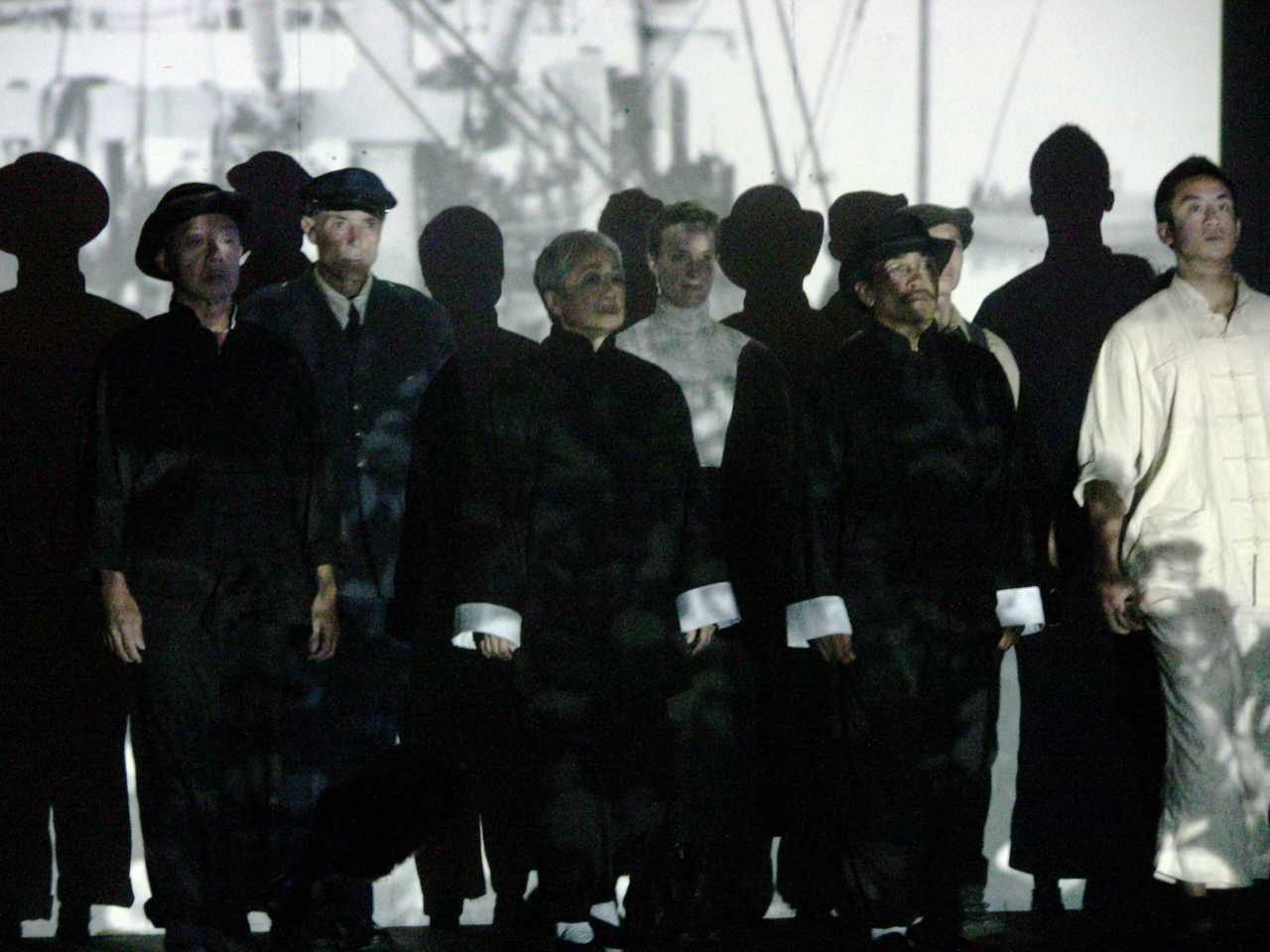Exploring personal myth with EmSpace Dance and Porchlight
Descending the wooden staircase into the basement performance space at Viracocha, one leaves the surface world behind and enters a parallel underworld of theatricality and allusion. Warm hardwood panels and golden lights, a distinct contrast to the concrete and glass-filled streets above, soothe the spirit — and unintentionally convey the crux of one Blanche DuBois’ obsession with creating a more beautiful reality from the one she’s been sentenced to. Prone to artifice and artfulness, Ms. DuBois is the central catalyst of the action in Tennessee William’s A Streetcar Named Desire and its ultimate sacrifice. In EmSpace Dance’s adaptation (A Hand in Desire) however, the focus is spread more evenly among the five-person cast, both their stage personae and their “real” selves.
The likable cast, which includes a very present manifestation of Blanche’s (Rowena Richie) deceased husband Allan (Kegan Marling), jump from scene to scene guided by the chance provided in a custom deck of cards and an ongoing game of hearts. Some jumps make better sense than others and some scenes, especially the dance sequences, flow more smoothly, but the sheer gutsiness of the production makes it a compelling ride. Scenes in which the cast inhabited their everyday selves included a pair of interviews between Peter Griggs and Kegan Marling on the topic of repressed homosexuality, both Allan Grey’s and Williams’ own, and a pair of scenes in which one actor stood on a chair surrounded by the others and attempted to tell a great lie. Scenes straight out of the original play, set to dance, include Mitch’s (Christopher White) awkward courtship of Blanche, and Stella and Stanley’s (Natalie Greene and Peter Griggs) blowout fight and passionate reconciliation.
Any work, no matter how experimental, usually has at least one thread to bind the piece together, and the moody improvisational soundscape provided by musicians Josh Pollock and Chris Broderick did just that. With a few subtle effects, Pollock made his ukelele throb like a serious double bass and other instruments, while Broderick provided the flute, woodwinds, and the eerie tingle of a jaw harp.
Meanwhile at the special SF Sketchfest edition of the Porchlight story-telling series, local comics and writers also explored the themes of artifice vs. reality, and desire vs., well, reality, to a full house at the Purple Onion. Ali Liebegott told the story of a sequence of on-the-job lies she has told to keep sane (at a crappy waitressing gig: “Why aren’t you smiling?” “Because my mother has cancer”.) Matt Besser waxed un-nostalgic for his college obsession with losing his virginity. W. Kamau Bell dissected the myth/reality of “the big black dick”. Suzanne Kleid told a Snopes-worthy anecdote about her grandfather, a torn lottery ticket, and a tragically misapplied do-gooder’s instinct. Bucky Sinister examined his youthful naïveté and ambition to move to LA to be a screenwriter. At the heart of each story lay the wistfully human desire to believe in (or create) an artful truth, no matter how far removed from actual reality it might prove. Blanche DuBois, you are not alone.







